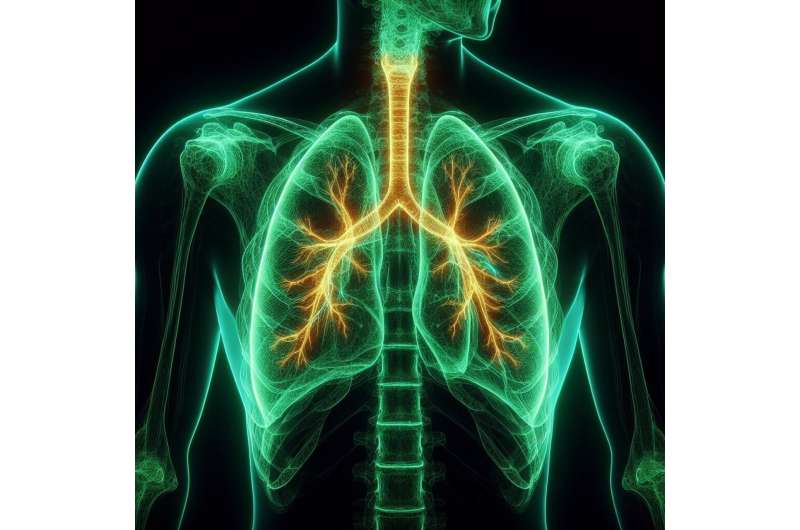Understanding When a Sunburn Becomes a Health Concern

Learn about the different types of sunburns, their risks, and how to effectively protect your skin from harmful UV rays to prevent serious health issues like skin cancer.
Sunburns are a common occurrence, with approximately one in three Americans experiencing at least one each year. Usually, sunburns are mild and treatable, but in some cases, they can be more severe and require prompt medical attention. Recognizing the signs of serious sunburns and understanding the risks associated with sun exposure are crucial for maintaining healthy skin.
Sunburns result from ultraviolet (UV) radiation from the sun damaging the skin's DNA. The redness, pain, and inflammation are signs of the body's response to this damage, which, over time, can contribute to skin cancer. The sun emits three types of UV rays: UVA, UVB, and UVC. While UVC is blocked by the ozone layer, UVA and UVB penetrate the atmosphere, with UVB being the main cause of sunburns due to its energy that directly damages the skin.
The risks associated with sunburns extend beyond immediate discomfort. Severe burns can cause skin blistering and peeling and may lead to long-term skin damage. Repeated sunburns increase the risk of melanoma, a dangerous form of skin cancer. UV exposure accumulates over time, and even a single burn can leave residual damage, emphasizing the importance of protection.
Sunburns are classified into three degrees:
- First-degree: Affects only the outer layer of skin, causing redness, tenderness, and peeling.
- Second-degree: Penetrates deeper into the dermis, resulting in swelling, blistering, and potential infection.
- Third-degree: A rare, serious burn involving damage to underlying tissues, nerve damage, and systemic symptoms such as heat exhaustion or heat stroke. This is a medical emergency requiring immediate hospitalization.
Many misconceptions about sunburns persist. People often believe that clouds or base tans can prevent burns, but UV rays can penetrate clouds, and a base tan still indicates skin damage. Proper sun protection, including regular application of broad-spectrum sunscreen with SPF 30 or higher, wearing protective clothing, hats, and sunglasses, is essential.
Treatment for most sunburns involves supportive care like moisturizers, aloe vera, staying hydrated, and avoiding further sun exposure. Severe burns with blisters, signs of infection, or systemic symptoms necessitate medical attention. In cases of third-degree burns, immediate emergency care is vital.
Prevention remains the best strategy. Consistently using sunscreen, seeking shade, and wearing sun-protective clothing can significantly reduce the risk of burns and related skin damage. Increasing awareness about the dangers of UV exposure and promoting protective behaviors are key to decreasing skin cancer rates and preserving skin health.
Stay Updated with Mia's Feed
Get the latest health & wellness insights delivered straight to your inbox.
Related Articles
Revolutionary Diamond-Based Sensor Could Transform Cancer Detection
A new diamond-based magnetic sensor developed by Warwick researchers offers a safe, highly sensitive method to detect metastatic cancer tissues using magnetic tracer fluids, promising improved surgery and diagnosis without radioactive tracers.
Cell Shape Changes During Wound Healing: New Insights into Epithelial Response
New research uncovers how epithelial cells change their internal structures, especially the endoplasmic reticulum, to effectively close wounds by responding to edge curvature and mechanical forces.
Advancements in Understanding the Most Aggressive Form of Prostate Cancer
New research uncovers the unique biological features of metastatic prostate cancer, providing critical insights into its aggressive behavior and potential avenues for targeted treatment.



